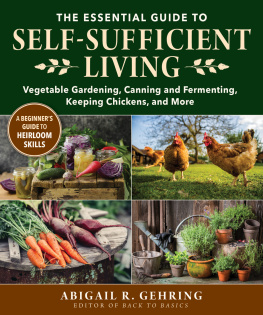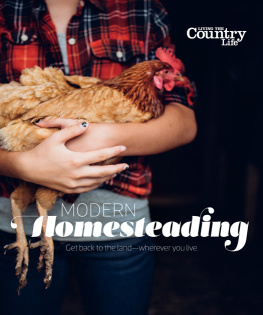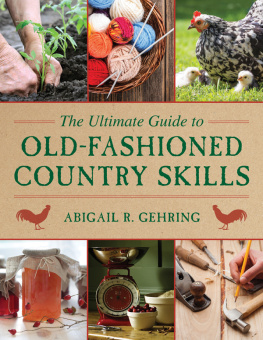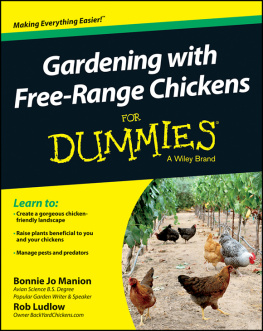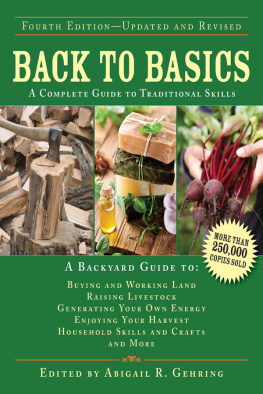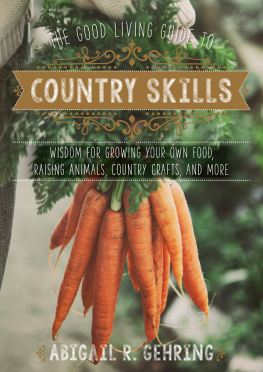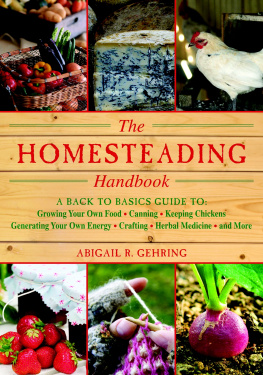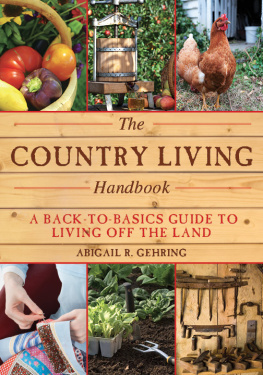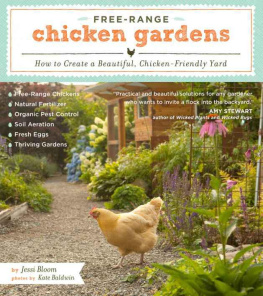


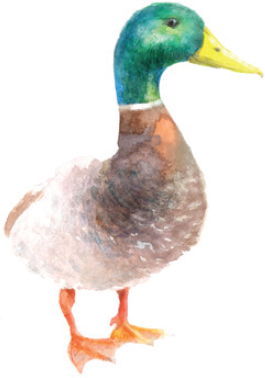
Copyright 2021 by Abigail R. Gehring
Some of the material in this book appeared first in Good Living Guide to Country Skills.
Some of the material in the Canning section (starting on ) is from the National Center for Home Food Preservation.
All rights reserved. No part of this book may be reproduced in any manner without the express written consent of the publisher, except in the case of brief excerpts in critical reviews or articles. All inquiries should be addressed to Good Books, 307 West 36th Street, 11th Floor, New York, NY 10018.
Good Books books may be purchased in bulk at special discounts for sales promotion, corporate gifts, fund-raising, or educational purposes. Special editions can also be created to specifications. For details, contact the Special Sales Department, Good Books, 307 West 36th Street, 11th Floor, New York, NY 10018 or .
Good Books is an imprint of Skyhorse Publishing, Inc., a Delaware corporation.
Visit our website at www.goodbooks.com.
10 9 8 7 6 5 4 3 2 1
Library of Congress Cataloging-in-Publication Data is available on file.
Cover design by Daniel Brount
Cover images courtesy of Shutterstock.com
Print ISBN: 978-1-68099-711-8
Ebook ISBN: 978-1-5107-6419-4
Photos on by Abigail Gehring
Illustration on by Tim Lawrence
Remaining photos courtesy of Shutterstock.com.
Printed in China



Contents

Growing Things

Choosing a Site for Your Garden
W hen starting a new garden bed on a plot that hasnt recently been cultivated, I recommend starting small. After the first growing seasononce youve seen how well things grow in the soil and have a sense of how much time it takes to maintain the gardenyou can certainly expand if you choose to. A garden that is about 25 feet squared can provide plenty of vegetables for a small family if its well planned and well tended.
Keep the following in mind as you pick a spot:
1. Sunlight
Your plants will do best with at least 6 hours of direct sunlight per day, so look for a spot that is far enough away from the shade of trees, shrubs, houses, or hillsides. Certain vegetables, such as broccoli and spinach, grow just fine in shadier spots, so if your garden does receive some shade, plant those types of vegetables in the shadier areas.
2. Proximity
If your property allows, having your garden a short walking distance from your home will make it easier for you to tend to it and to run out and grab vegetables or herbs for a meal.

3. Soil Quality
You do not need perfect soil to start and grow a productive garden, but your plants will certainly do better if the soil is fertile, full of organic materials that provide nutrients to the plant roots, and easy to dig and till. Loose, well-drained soil is ideal. If there is a section of your yard where water does not easily drain after a good, soaking rain, try to avoid that area. Furthermore, soils that are of a clay or sandy consistency are not as effective for growing plants. Most soil will need some attention before you plant seeds or seedlings, and some gardens take 2 or 3 years of attention before the soil is ready to give your plants the nutrients they need to thrive.
See for tips on improving your soil.
TIP
Dont plant anything too close to a tree. The tree will hog the soils nutrients and the sunlight.
4. Water Availability
A successful garden needs around 1 inch of water per week to thrive. Situating your garden near a spigot or hose will allow you to keep the soil moist and your plants happy during dry periods.

5. Elevation
Avoid situating your garden in a low-lying area, such as at the base of a slope, where cold air collects. Lower areas do not warm as quickly in the spring, and frost forms quickly during the spring and fall.
Your garden should, if at all possible, be elevated slightly, on ground that is higher up.
Flowers That Do Well in Partial and Full Shade
Bee balm
Bellflower
Bleeding heart
Cardinal flower
Coleus
Columbine
Daylily
Dichondra
Fern
Forget-me-not
Globe daisy
Golden bleeding heart
Impatiens
Leopardbane
Lily of the valley
Meadow rue
Pansy
Periwinkle
Persian violet
Primrose
Rue anemone
Snapdragon
Sweet alyssum
Thyme
Vegetables That Can Grow in Partial Shade
Arugula
Beans
Beets
Broccoli
Brussels sprouts
Cauliflower
Endive
Kale
Leaf lettuce
Peas
Radishes
Spinach
Swiss chard
Tips for Gardening on a Small Plot
1) Grow up. Vining crops, such as tomatoes, pole beans, peas, and cucumbers, can be grown vertically on trellises, fences, or stakes.
2) Window boxes. Herbs, salad greens, and strawberries can be grown in window boxes.
3) Choose wisely. Plant veggies with high yields for the amount of space they take, such as radishes, lettuce, carrots, garlic, onions, and spinach.


Companion Planting
P lants have natural substances built into their structures that repel or attract certain insects and can have an effect on the growth rate and even the flavor of the other plants around them. Thus, some plants aid each others growth when planted in close proximity and others inhibit each other. Smart companion planting will help your garden remain healthy, beautiful, and in harmony, while deterring certain insect pests and other factors that could be potentially detrimental to your garden plants.
The charts on the following pages list various types of garden vegetables, herbs, and flowers and their respective companion and enemy plants.
Next page
